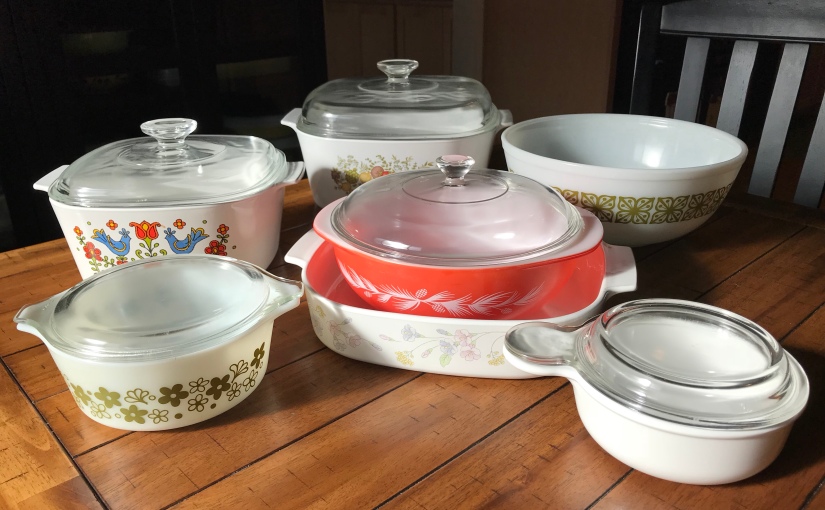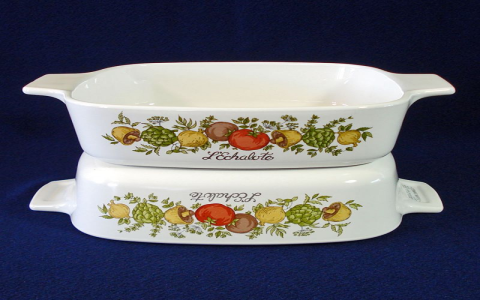Is CorningWare Pyrex?
When strolling through the kitchenware section of a retail store or rummaging through your grandmother’s collection of dishes, you might come across two iconic brands: CorningWare and Pyrex. These names often evoke a sense of nostalgia, a reminder of family meals and holiday gatherings. But to the untrained eye, or even to seasoned cooks, one might ponder: Is CorningWare the same as Pyrex?
At first glance, these two brands might appear quite similar. Both are renowned for their durable glass products, crafted for kitchen mastery. Yet, a closer examination reveals distinct differences in their origins, materials, and functionalities which set them apart.
CorningWare, conceived by Corning Glass Works, emerged in the 1950s. Its creation was driven by a desire to provide housewives with cookware that could transition seamlessly from the stovetop to the oven and then straight to the table. CorningWare’s unique selling point was its ceramic composition, known scientifically as Pyroceram. This material by Corning could withstand thermal shock, which means it could go from freezing cold to hot temperatures without shattering. This feature made it a go-to for dishes that go from freezer to oven.
On the other hand, Pyrex has its roots planted in 1915, developed by chemists at Corning. Initially, Pyrex was made from borosilicate glass, offering similar thermal shock resistance. However, over time, in most parts of the world, Pyrex transitioned to being made from tempered soda-lime glass, while in countries like France, it continued with borosilicate. This change in material differentiates modern Pyrex from its founding era and indeed from CorningWare.
The confusion might arise because Corning was involved in the creation of both CorningWare and Pyrex, and in some regions, like the United States, Pyrex products today are manufactured under the brand World Kitchen, LLC, which also markets CorningWare.
Functionally, CorningWare was designed with specific advantages for cooking. Its ceramic glass could handle direct exposure to high heat, making it perfect for browning and even broiling. It’s often used for casseroles, pies, and dishes that require a consistent heat environment for cooking.
Pyrex, with its primary material shift to tempered glass, is still extraordinarily resilient but not quite in the same league for direct heat applications as CorningWare was. Pyrex dishes are excellent for refrigerator-to-oven dishes, baking, and also for storing leftovers in the fridge due to its clear glass, allowing you to see what’s inside.

In terms of safety, both brands have evolved to cater to safety standards, but Pyrex glass is now more commonly used for bake-and-take items where thermal shock resistance isn’t the primary concern, given its typical use involves gradual temperature changes.
Thus, while they share a lineage with Corning, CorningWare and Pyrex are not synonymous. Their differences lie in the materials chosen, their cooking applications, and their resilience to thermal shock. Understanding these nuances enriches the experience of using these kitchen staples, adding both practical and historical value.
The next time you’re choosing kitchenware, taking a moment to comprehend these distinctions can impact the way you cook, bake, or preserve food. This appreciation for detail not only reflects a culinary curiosity but also celebrates the history and innovation behind these enduring kitchen brands. Remember, the right choice depends on what you plan to cook, not just on the brand stamp.



